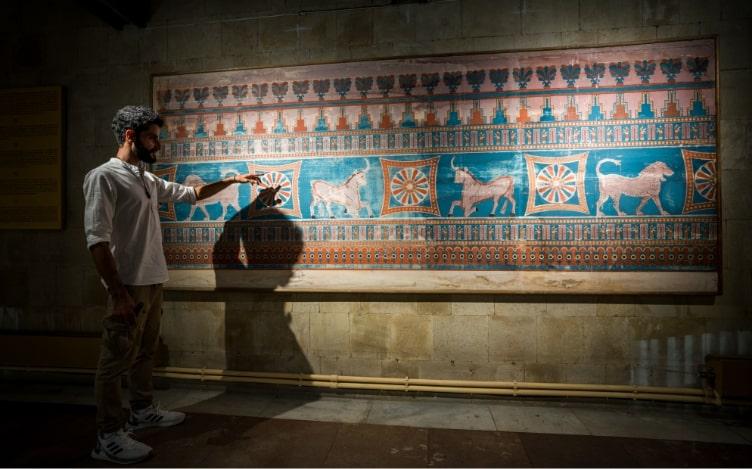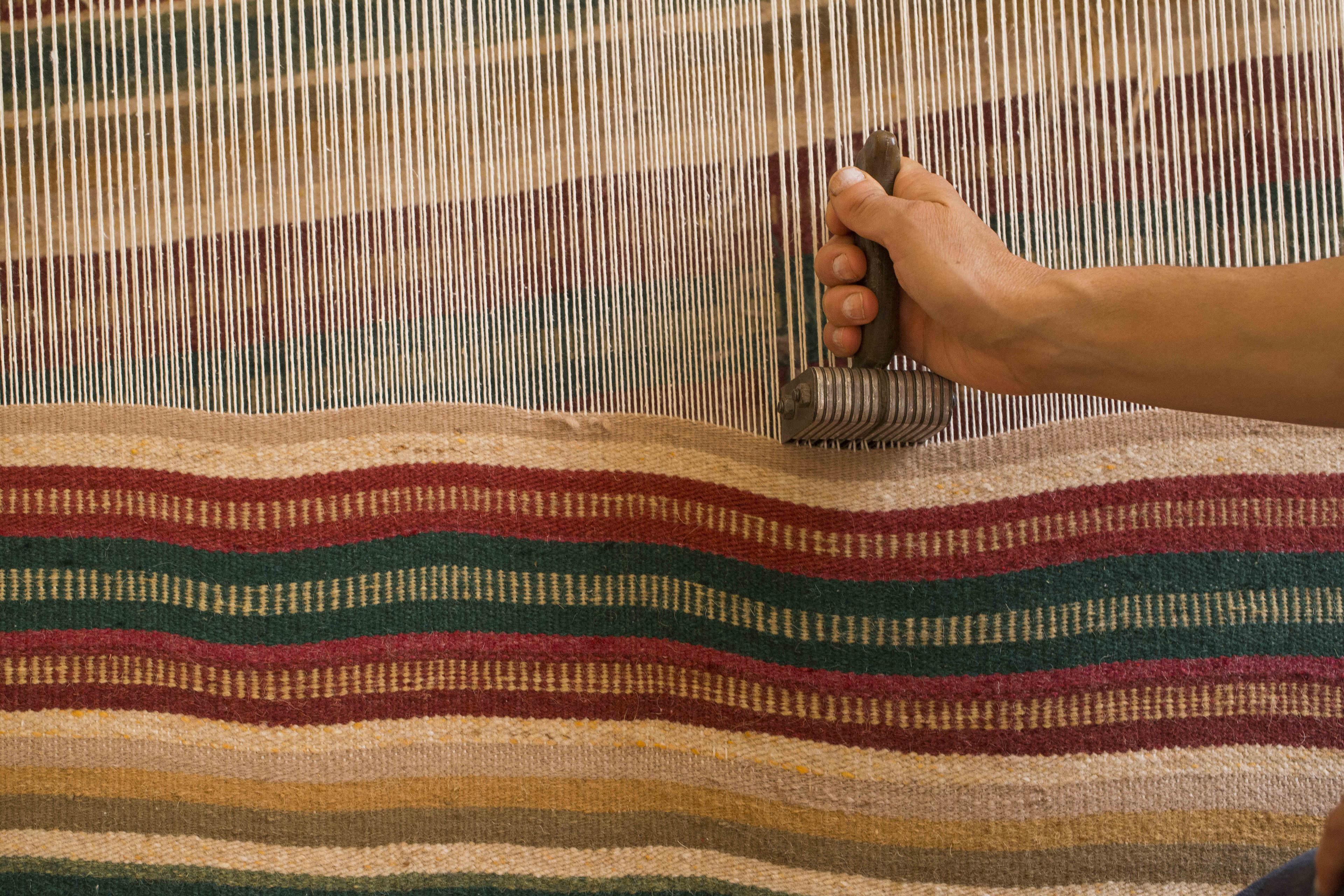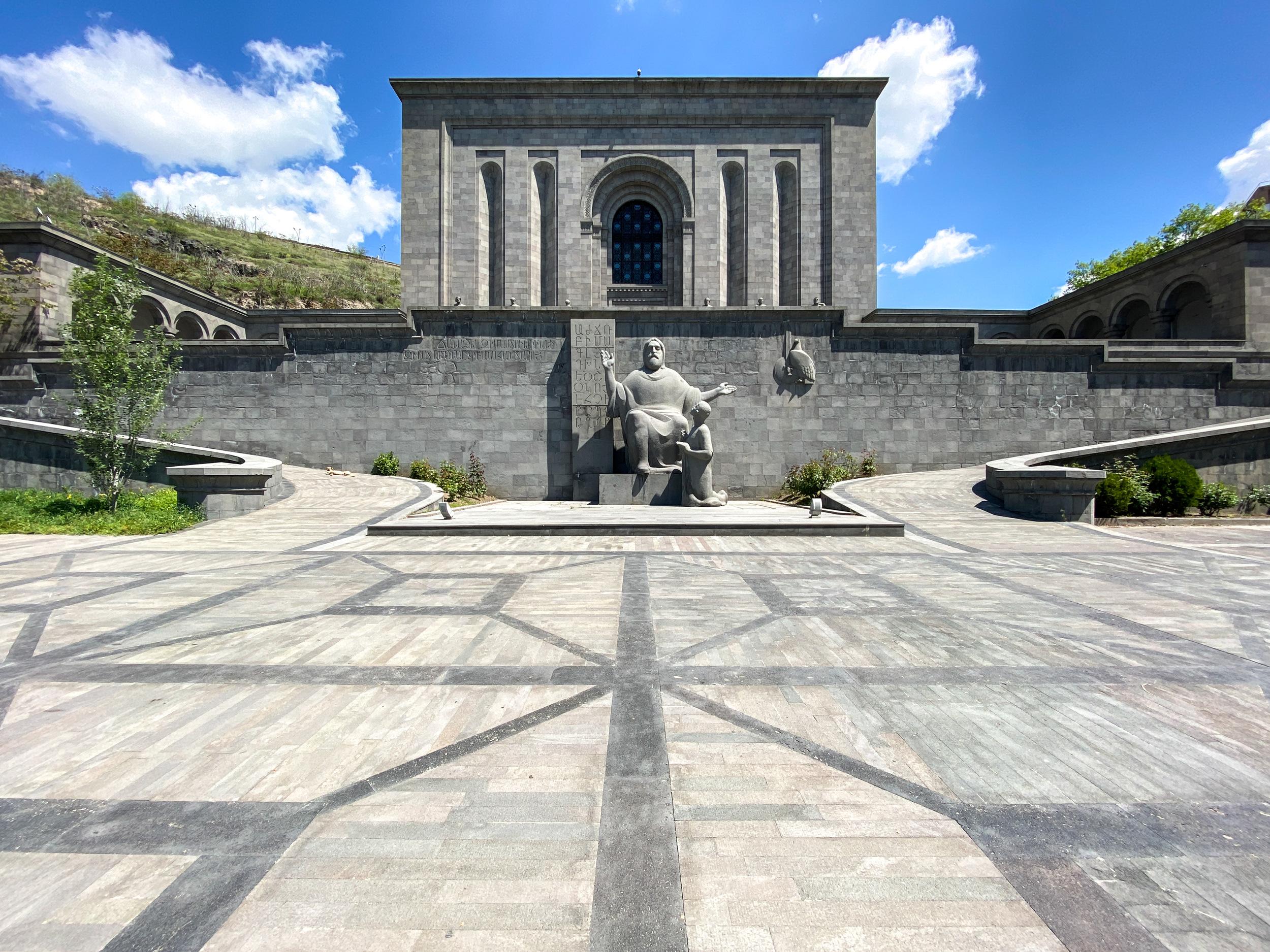Taraz: Unveiling the Splendor of Armenian Traditional Dress

In a land where tradition and culture are woven into the very fabric of life, the taraz stands as a timeless emblem of elegance and heritage. The vibrant and unique clothing of Armenia has not only transcended time but has also become a canvas for modern artistic expression. Let's journey through the rich history of Armenian taraz, discover where you can go to see preserved Taraz and modern replicas, and best of all – try on several outfits for yourself!
The History of Armenian Taraz
The history of Armenian taraz, or the intricate and multifaceted traditional costume of the Armenian people, dates back centuries. The taraz embodies the essence of Armenian identity. In fact, the word “taraz” – which means “manner” or “shape” – has origins in Middle Persian. Because Armenian history spans millennia, the art of the taraz gracefully evolved through distinct phases, naturally adapting to changing styles. Each region in Eastern and Western Armenia boasted its own distinctive taraz tradition, which evolved in tandem with the historical and regional context.
Taraz does not refer to one or two clothing items, but rather to a collection of pieces, including dresses, underclothing, hats, footwear and accessories. Early on, most elements of the taraz were made from wool, cotton and fur. Over time, silk imported from China on the silk road was worn by the affluent. The colours, fabric and ornamentation on the Taraz were detailed and intentional. According to the 14th century Armenian philosopher Grigor Tatevatsi, colours represented the four elements of the Earth. Black expressed the earth, white represented water, red symbolised air and yellow reflected fire. Magenta symbolised prudence and wisdom. Red also stood for bravery and martyrdom, and white frequently represented purity. Yellow was infrequently used; instead, hues of ochre were prominent. Blue was rarely used, as it symbolised mourning and suffering. Elements of design also told the observer important facts about the wearer, such as marital status, number of children, wealth, and region of origin.
In addition to its special beauty in celebration of the wearer’s wedding, the bridal taraz was intended to keep away evil. You can see a beautifully preserved wedding dress and accessories at the Yerevan History Museum! After marriage, women frequently wore a raised tower-like hat decorated with ribbons or silver accents. Covering half of the forehead, the hat was then swathed in white fabric to hold it in place. Across the Armenian world, women always wore an apron. These varied in style, with some covering only their skirt and others their whole dress. A tree of life or household icons were frequently embroidered on these. A red apron signified the married status of the wearer; if women experienced infertility, they would frequently exchange their red aprons for blue ones. Clothes of wealthier women boasted embroidery of silver and gold threads. Silver belts, necklaces, earrings and headbands added beauty and sophistication to the outfit. Men frequently wore loose trousers and a belted caftan over an embroidered shirt. A silver belt signified maturity and a golden belt, wealth. Hats varied by region. Some were cone shaped, others were made of fur, and still others were flat topped and embroidered with regional woven motifs.
The Evolution of Armenian Taraz
You can observe various preserved Taraz outfits in museums around the country. In Yerevan, visit the History Museum of Armenia, the Yerevan History Museum, the Armenian Ethnography Museum, the Folk Arts Museum, and the Lusik Aguletsi Museum and Art Cafe. In the regions, you can visit the Museum of National Architecture and Urban Life in Gyumri, the Museum of Local Lore of Lori-Pambak in Vanadzor, the Local Lore Museum and Art Gallery of Dilijan and the Local Lore Museum of Goris. Artisans and designers have recognized the importance of celebrating the Taraz’s heritage, ensuring that it remains relevant and cherished by both locals and the global community. Over the years, they have found ways to incorporate traditional elements of the timeless garment into modern clothing. This fusion of old and new has given birth to a myriad of styles that cater to different tastes and preferences. Embroidery, an integral part of Taraz, has also evolved, incorporating modern patterns alongside the motifs that carry deep cultural significance.
You can enjoy historic and contemporary designs alike at the annual Taraz Fest, a summer celebration of all things Taraz. The event includes an exhibition, traditional dances in Taraz dress, as well as designer collections on display.
Taraz Photoshoots
A beautiful way to experience Taraz to the full is by trying one on yourself! You’ll have the opportunity to do this at multiple locations around the country, including in Yerevan and Gyumri. The staff at the photo studios that offer this service will show you an assortment of styles of Taraz from different regions and offer accessories to match. Dressed to perfection, you can do a photoshoot with your friends and family alongside historic artefacts such as wooden furniture, carpets or weaponry! The photographs will be precious memories that will always remind you of your visit to Armenia.
An Unfinished Tapestry
The Armenian Taraz stands as a captivating testament to the nation's history, culture, and creativity. As artisans and photographers continue to explore its beauty against the backdrop of Armenia's rich landscapes, the Taraz remains not only a garment but a canvas for artistic expression. Its intricate patterns, vibrant colours, and timeless silhouette weave together stories of the past and present.
Credit photo: SEMA
Published on October 13, 2023



